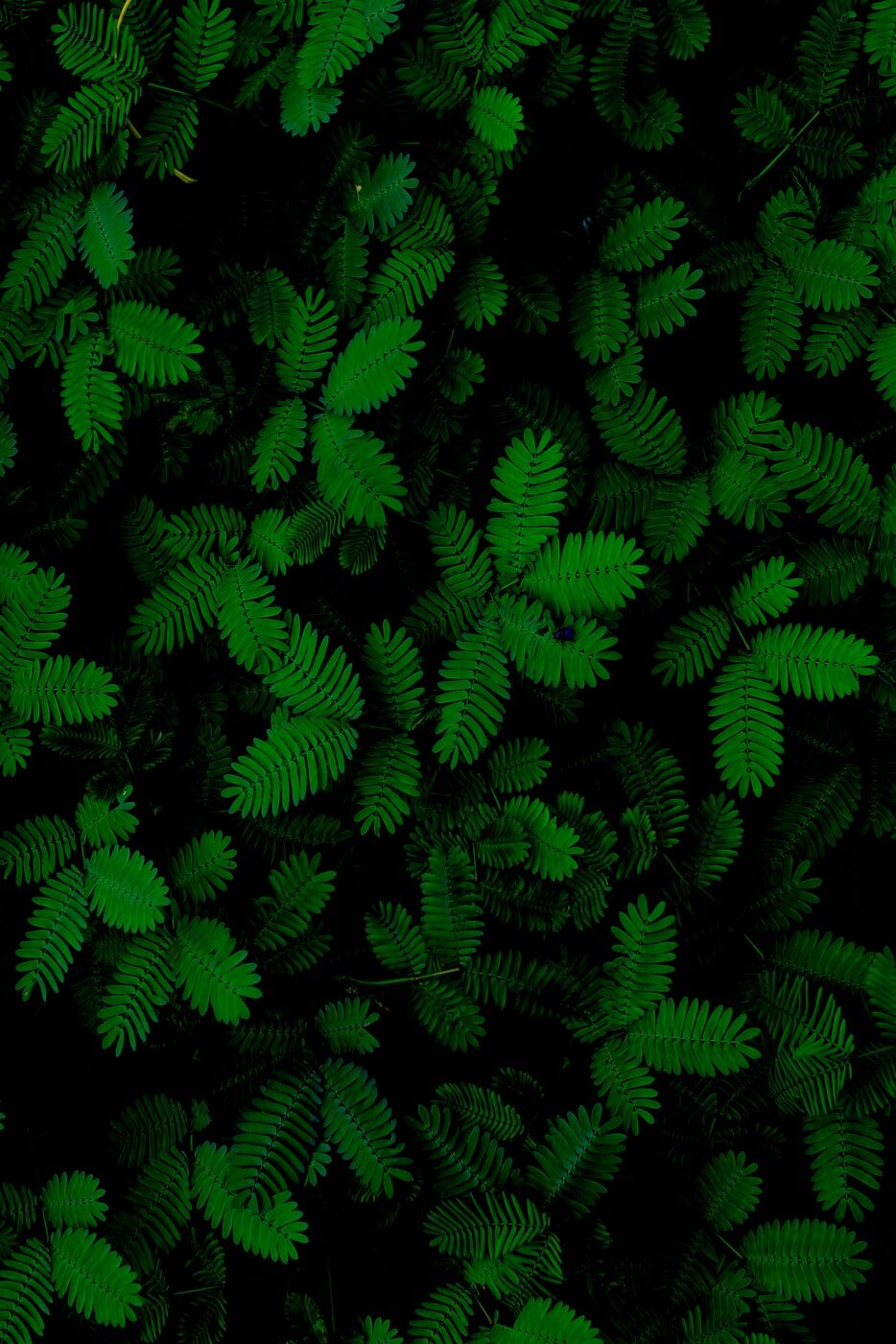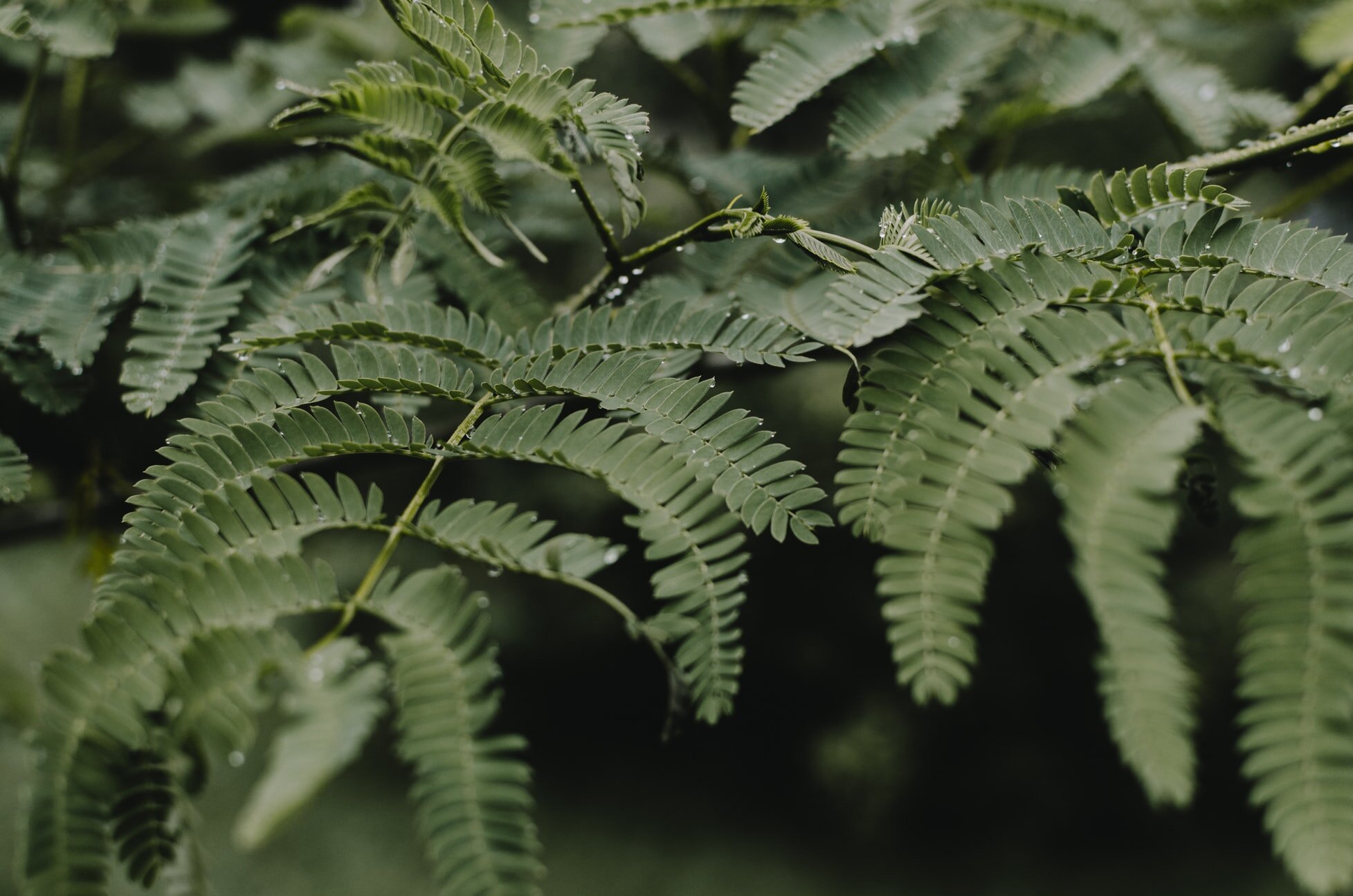Thank you for visiting PHYTOPIA. Leave us your feedback here and share your thoughts and experiences with your friends on social media.
Can You Hear Her Speak?
Jagadish Chandra Bose and the mimosa pudica
Jagadish Chandra Bose (1858 - 1937) is recognised for his contributions to wireless communication, and known as the first physicist to use semiconductor junctions to detect radio signals. His lesser known and equally fascinating work on the inner workings of plants, through experiments done on the Mimosa Pudica, changed the ways plants are studied. He was able to convey the ‘throbs and surges’ and ‘tremors of excitation’ of plants through a delicate recording instrument, the Crescograph.
This exhibit contained an essay by Emilia Terracciano about his pioneering work, which flew in the face of existing theories about plants as passive and stationary organisms. We have here photographs of the Crescograph, pages from Bose’s notebooks, and the best of them all, paintings by Gaganendranath Tagore about Bose’s research.
Inanimate Scream, Inanimate Nature Responding to the Professor’s Musings, by Gaganendranath Tagore, 1921. Watercolour on paper. From the series Reform Screams. Reproduced in Modern Review, no. xxx (1), July 1921, not paginated.
'Botanical Sketch’, by Gaganendranath Tagore, 1915. Watercolour on postcard.
Courtesy of the Victoria and Albert Museum, London.
Biswarup Ganguly, a Photosynthetic Bubble and Recorder used and built in the early twentieth century by Jagadish Chandra Bose. By this apparatus the rate of photosynthetic activity of aquatic plants can be automatically recorded. Courtesy of Wikimedia Commons
Biswarup Ganguly, an image of Jagadish Chandra Bose’s Crescograph at the Bose Institute, Kolkata.
A page from Jagadish Chandra Bose’s experimental notes. Courtesy of the Bose Institute, Kolkata.
About Emilia Terraciano
Emilia Terracciano is a writer and a lecturer in the history of art. Her research interests lie in modern and contemporary art with a focus on the global south. Currently she is working on a monograph about art, nature and futurities in the global south.
Emilia studied Philosophy and History of Art at University College London (BA Hons) and completed her MA and PhD at The Courtauld Institute of Art. She was the recipient of the Nehru Trust Award (2008) and the AHRC Collaborative Doctoral Award scholarship at the Victoria and Albert Museum (2008-2012). At the V&A, under the supervision of Senior Curator Divia Patel, she compiled a detailed report about the items contained in the South Asia collection (ca.200), one of the largest in Europe.









